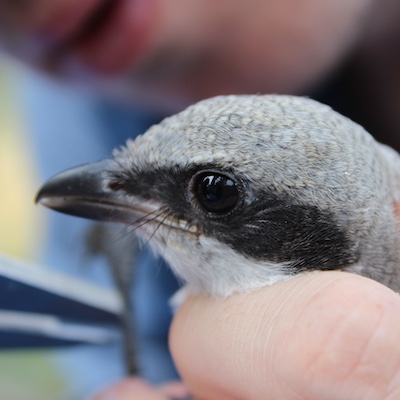The piping plover is a small, migratory shorebird whose brown, grey and white feathers make them nearly impossible to spot in certain surroundings. The plover’s sandy colouration provides excellent camouflage as it forages for insects and small crustaceans along the water’s edge and in small beach pools. Piping plovers are characterized by their high-pitched call. Both parents participate in incubating eggs and caring for nestlings, although the chicks are able to leave the nest and forage for food within a few hours of hatching.



